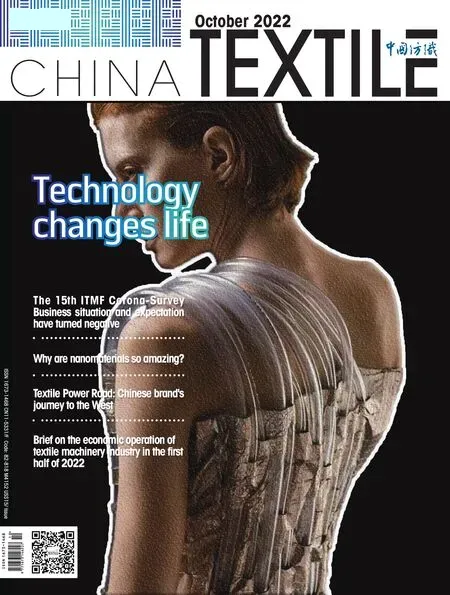Dear readers:
This October is siphonal as the global attention is drawn to China where the 20th National Congress of the Communist Party of China(CPC) was held amid the ever—growing expectations as regards who will be the new members of the Standing Committee of the Political Bureau,and what goals and tasks will be set for the years to come as CPC vows to lead China to a comprehensively modernized socialist country with Chinese characteristics by the end of 2035,based on which the ambitious goal is set to realize the national rejuvena—tion on all fronts in the middle of the 21st century,the second centurial dream as dated back to the new voy—age start in 1949 when the New China was founded.
President Xi Jinping was elected as the Secretary General of the new Central Committee of the Com—munist Party of China,beginning his third term to steer the world's largest party organization with the previ—ous two tenures in one decade featured with amazingly great achievements in China’s economic growth and social development.The latest data cover 2013—2021 period that witnessed China’s value added industrial output growth by 6.1 percent at annual average level,and by 7.4 percent in service sectors,by 9.4 percent in the fixed assets investment.In energy pattern,coal accounted for 56 percent of China’s energy consumption in 2021,down from 68.5 percent in 2012,just to name a few.
In the textile industry as a whole,the past decade unrolls a series of progress and improvements in many aspects with the total mill consumption of various fibers for over 60 million tons in 2021 as against 45.4 mil—lion tons in 2012,accounting for over 50% in the world.In man—made fiber manufacturing sector,the world share is even bigger,registering more than 70% with its production for 67.09 million tons last year to double 38.37 million tons in 2012,leaving its competitors in the dust.In export,China ramped up to $315.5 billion in 2021 in spite of the global pandemic impacts,as opposed to $255.1 billion in 2012,still hovering around and even over one—third of the world total.
In the past steadily—growing decade,the textile industry has been undergoing a restructuring process quality—wise,resulting in an optimized capacity pattern characteristic of high—end and environment -friendly manufacturing backed up by digitalization and AI technology.In the new structural configuration,China is nearly self—sufficient in domestic supply of the key fundamental parts&elements by over 50% for the so—phisticated equipment,by over 80% for the general machines and equipment,by over 90% for yarns,by 95%for man—made fibers and for fabrics.The fiber consumption share is rated respectively for 40% in apparel sector,27% in home—textile sector and 33% in technical textile sector in 2021 in corresponding contrast to 46.5%,28.1% and 25.5% in the three applications in 2012,meaning the textile industry is now configured in a way that has moved more towards technical textile orientation that finds great acceptance in non—apparel sectors,namely,aviation&space,automobile,national defense&equipment,industrial&civil construction and other urban infrastructures,medical care&hospital,agriculture etc..
The new party leadership has set the ambitious goal to be fulfilled for a modernized socialist country,in the process of which,the textile industry,a pillar manufacturing sector,will be facilitated by the increasing market boost in these three application demands to be met in a highly efficient and modernized supply chain.

